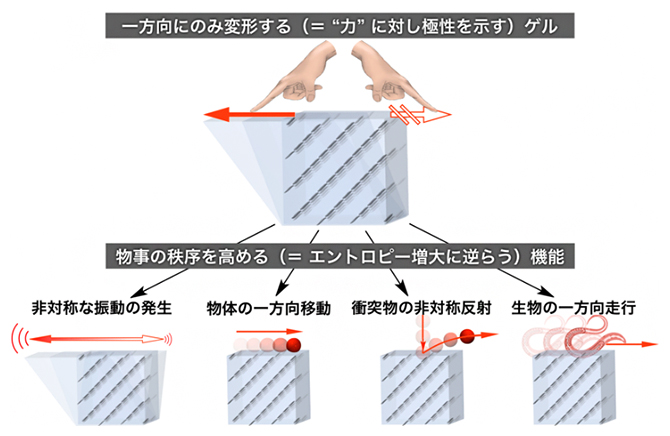2023-04-14 カーディフ大学
研究者たちは、英国とウェールズの河床に生息する無脊椎動物を調査し、そのデータから河川の健康状態を評価した。その結果、都市の河川は過去最も汚染された状態であったが、最も改善が進んでいることが分かった。しかし、排水溝、農業、気候変動、マイクロプラスチック、薬剤などの新しい形態の汚染が原因で、近年は改善が鈍化しているという。
研究者たちは、これまでの取り組みに加え、規制当局、水道会社、農業などからのさらなる行動を求めている。
<関連情報>
- https://www.cardiff.ac.uk/news/view/2715209-river-pollution-recovery-slowdown
- https://www.sciencedirect.com/science/article/pii/S0048969723017266
イギリスとウェールズの河川における30年間の総汚染からの生物学的回復の証拠 Evidence of biological recovery from gross pollution in English and Welsh rivers over three decades
Emma Pharaoh, Mark Diamond, Steve J. Ormerod, Graham Rutt, Ian P. Vaughan
Science of the Total Environment Available online: 25 March 2023
DOI:https://doi.org/10.1016/j.scitotenv.2023.163107

Highlights
•Public concern about rivers necessitates contemporary evidence on ecological quality.
•Routine river macroinvertebrate monitoring provides vital evidence at a national scale.
•Macroinvertebrate communities indicated quality improvements over 29 years.
•Taxonomic richness increased in the 1990s, with weaker evidence for a post-2015 gain.
•Improvements were widespread, but greatest in urban areas.
Abstract
Uncertainty around the changing ecological status of European rivers reflects an evolving array of anthropogenic stressors, including climate change. Although previous studies have revealed some recovery from historical pollution in the 1990s and early-2000s, there are contrasting trends among pollutants across Europe and recovery may have stalled or been reversed. To provide more contemporary evidence on trends and status, here we investigate changes in English and Welsh river macroinvertebrate communities over almost 30 years (1991–2019) using a network of nearly 4000 survey locations. Analysis comprised: i) trends in taxonomic and functional richness, community composition and ecological traits, ii) gains, losses and turnover of taxa, and the overall homogeneity of macroinvertebrate communities nationally, and iii) an exploration of how temporal trends varied with catchment characteristics. Taxonomic richness increased, primarily in the 1990s, whilst a shift towards pollution-sensitive taxa continued throughout the study period, accompanied by a growing prevalence in traits such as preferences for fast-flowing conditions, coarser substrata, and ‘shredding’ or ‘scraping’ feeding strategies. Changes consistent with improvement occurred in both urbanised and agricultural catchments, but were more pronounced in urban rivers as they gained pollution sensitive taxa that were otherwise more prevalent in rural rivers. Overall, these results indicate continuing biological recovery from organic pollution, consistent with national scale trends in water quality. Results reemphasise the importance of looking at multiple facets of diversity, with periods of near-constant richness disguising changes in taxonomic and functional composition. Whilst this national-scale picture is broadly positive, we highlight the need to investigate more local variations or pollutants that depart from this aggregate picture.



